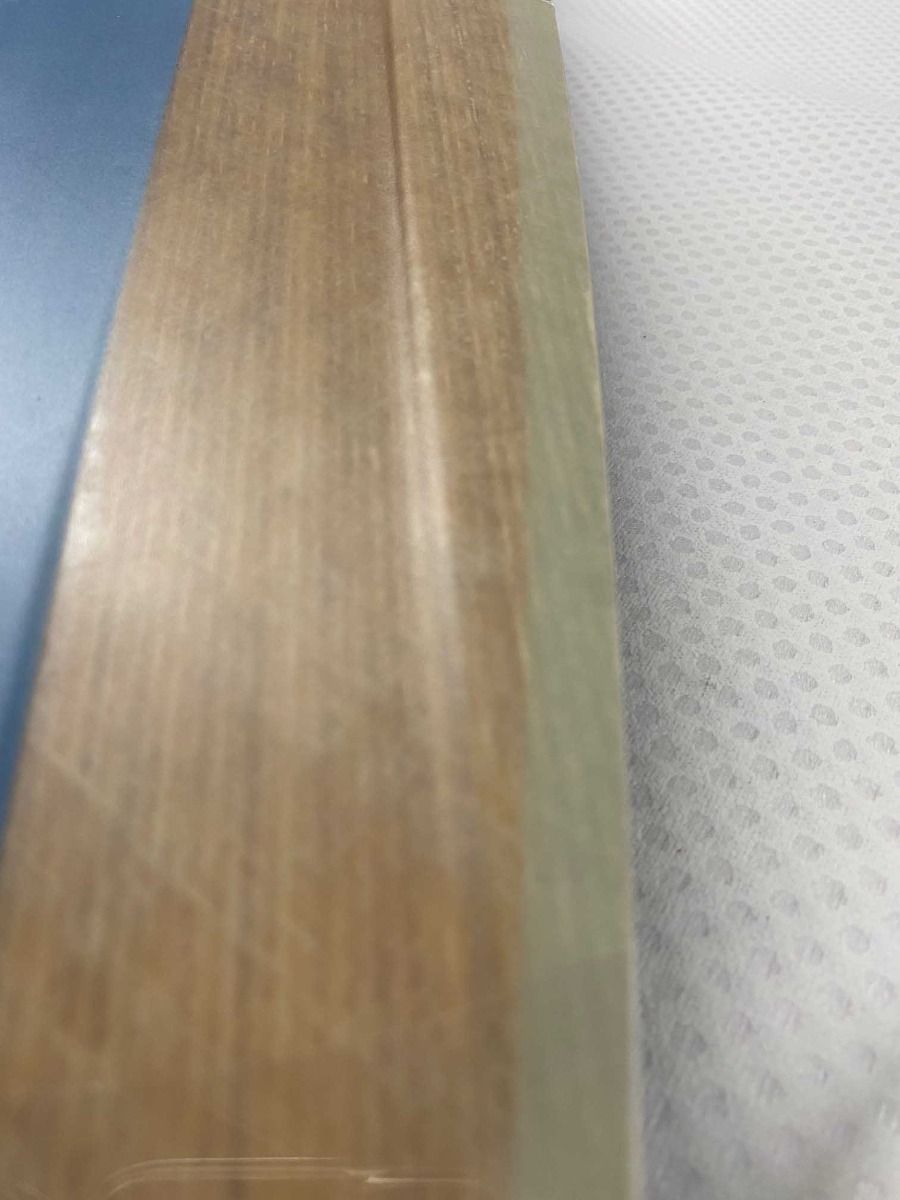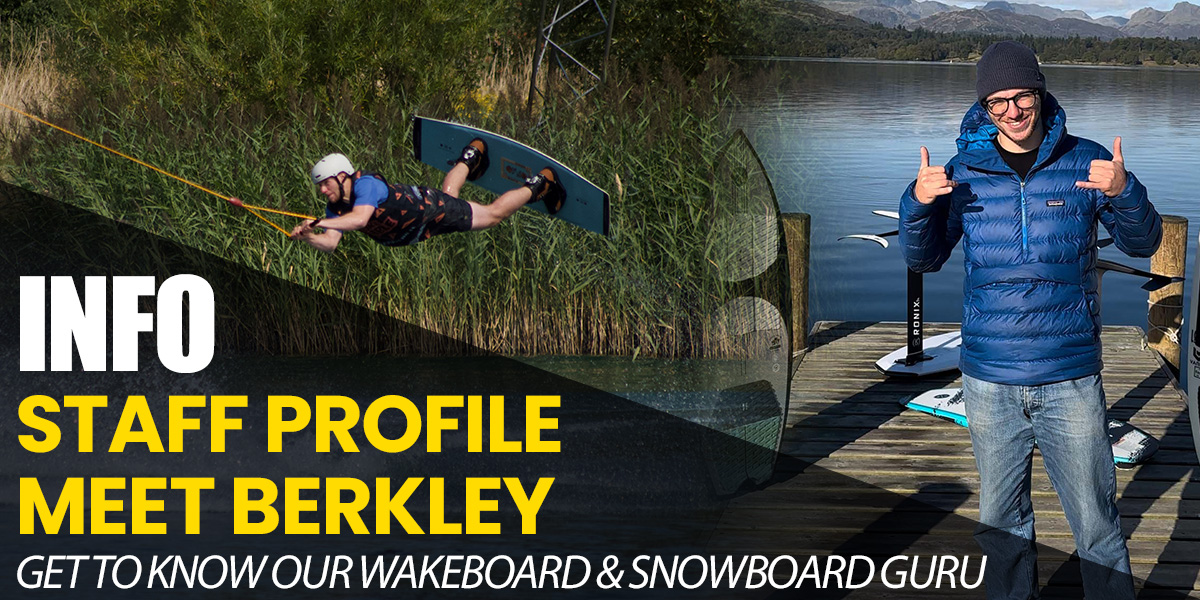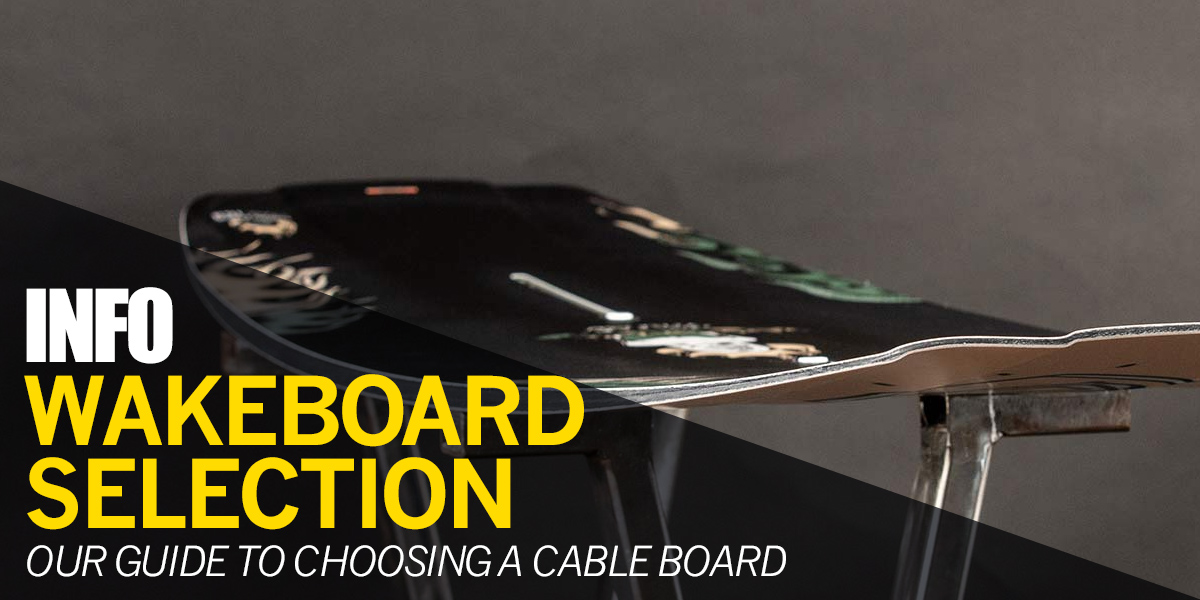The nature of this style of riding is tough on boards due to the constant obstacle impact and thus they differ significantly to those used behind the boat of jet-ski.
Prior to looking at Brand, Rocker and Flex we consider that size should be your primary consideration. While there is an element of personal preference we would recommend the following as a rough guide.
138cm - 40-75kg
144cm - 60-90kg
148cm - 75-110kg
Factoring a little personal preference into this is absolutely fine and it is important to understand the theoretical pros and cons of board length. As a general rule the shorter board will feel a little lighter and more manoeuvrable under foot. However, the smaller surface area means the board requires more power to get on the plane, as well as sinking more quickly when you have slack in the rope. In contrast, when using a longer board you will find less pressure on the arms and a more forgiving feel. Like what you hear? We think so and recommend stepping up in length if between sizes. If you have read of guide to boat wakeboard selection you will know that these size suggestions are quite different. As a general trend we have seen cable boards increasing in size due to rider demand. This has not been mirrored in boat wakeboarding, where sizing has remained largely constant for over a decade. The reason behind the trend in park riding relates to the advantages of large board, namely:
1) softer landings
2) more top water speed
3) easier and more forgiving presses on obstacles
Once you have nailed down the board size the two main factors you should consider are rocker amount and board flex. Here we start with the former:
ROCKER
When considering a purchase of a boat wakeboard rocker style is our main discussion point given the impact on jump height and length. However, in cable ranges rocker height is of primary importance. By this we mean by how much the tip and tail are raised off the floor when placed on a flat surface. More rocker will make a board slower over the water surface but softer on landing as the board can more efficiently disperse the water and impact on your body. It will also be easier to pop up onto obstacles. You might think that a board being slower is always a bad thing as it increases strain on your arms. However, there are positives in the the board will sit down more quickly on landing, ensuring you will not end up with slack in the line. However, in an environment where cable parks have more and more obstacles top riders demand a board with a flatter rocker that is faster over the water surface and can thus more easily whip around the park from obstacle to obstacle during a competition run. This is less important for weekend warriors who are not concerned with hitting every feature on a single lap and in this instance pop height and soft landing will likely take over as desirable characteristics.
FLEX
Perhaps the key term when choosing your next cable wakeboarding. If we were writing this ten years ago then flex would not even have been a consideration but today it means everything. While boat wakeboards are extremely stiff in the interest of absolute response and pop off the wake these are not characterises we require in a cable board. In contrast, a fun and playful feel when riding obstacles is critical and as such boards are built to provide this. When looking at this feature a general trend would be the more flex the better. The limitation is mainly down to the durability of construction and ensuring landings are stable when coming off obstacles and kickers. Were a board too soft it would feel uncertain when landing, perhaps even feeling as if it might fold. As such, when choosing your board look to models with extreme flex if you love rail riding. In contrast, those who like air tricks will prefer a board with a stiffer flex to allow the board to load more efficiently when edging. Finally, if you’re an all round looking to perform in all cable disciplines look to a mid flex model.
After the amount of flex it is important to thing about how the board flexes. By this we mean whether the flex is all in the tips, solely in the centre, or distributed evenly from tip to tail. The latter is the standard procedure and arguably simplest method in production terms. A board with flex only in the tips will be stiffer in the centre and thus be more solid on landings and load more effectively for air tricks. For versatility this configuration is excellent. Centre flex boards are perhaps the anomaly here, keeping tip and tail very stiff and then with a hinge point in the centre. These boards feel very locked in to a press but less universally accepted and thus we would recommend a demo prior to purchasing. There are even boards on the market with adjustable flex and this enables you to produce a board with characteristics to suit you requirement, thus being very versatile and future proof. Check out the 2020 Ronix Selekt for more information on this concept.
Once you have considered board size, rocker height and flex it is time to look at base channeling and fins.
BASE CHANNELING / FINS
Base channelling and fin configuration is one aspect of board design that is too often overlooked. These design features are critical to performance and affect the boards grip on the water surface. This statement is ironic in some respects given that most current generation cable boards have deleted the fin option, not placing more reliance on base channeling. This is because the majority of riders were simply removing fins so as to create a looser feel and give less potential for catching on obstacles. From a brand perspective the quandary was how do they justify fitting fins to board simply for them to be removed. Secondly, what are riders expected to do with the holes that result from fin removal. In the interest of convenience and cost reduction fins were removed. This then relies on base channeling to provide grip and edge hold. The amount of grip you prefer comes down to personal preference and we would not recommend looking a boards with ultra clean ‘tea tray’ bases, which are specific to rail riding and more experienced riders. Ultimately if a design feature such as base channeling can help your enjoyment of the sport then why not embrace it! As well as adding grip the CNC process of shaping the board can add a concave section at the tip and tail so as to lock onto obstacles more easily.
CONSTRUCTION
As mentioned at the start of this guide most boards suited to cable riding will be flexible in the interest of a fun and forgiving ride. Many materials have been tested so as to produce the correct balance of durability, weight and flex. The current consensus is that wood cores satisfy the designers requirements, being extremely tough. The process of CNC machining is used to shape the basic core and add base channeling as required. Each brand will put their own slant on this process, often profiling the core to be thicker or thinner in specific areas so as to further control flex. It would be too details to go into each model in detail here and you would more than likely become bored if we tried!
Once the core is produced a fibreglass wrap is generally the overlaid for additional strength. Finally, a reinforced base and rails are added to reduce the risk of board damage during obstacle impact. 
We hope this information has been useful and allows you to apply core design principles when choosing your next board. We love to discuss customer requirements and offer advice tailored to your exact scenario so why not get in touch.
















